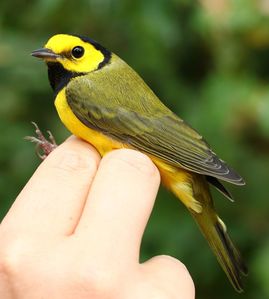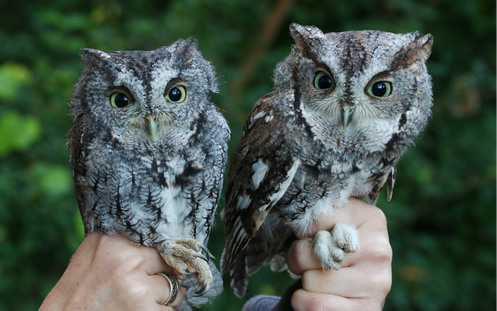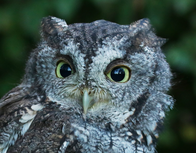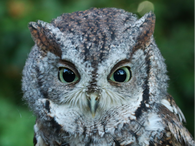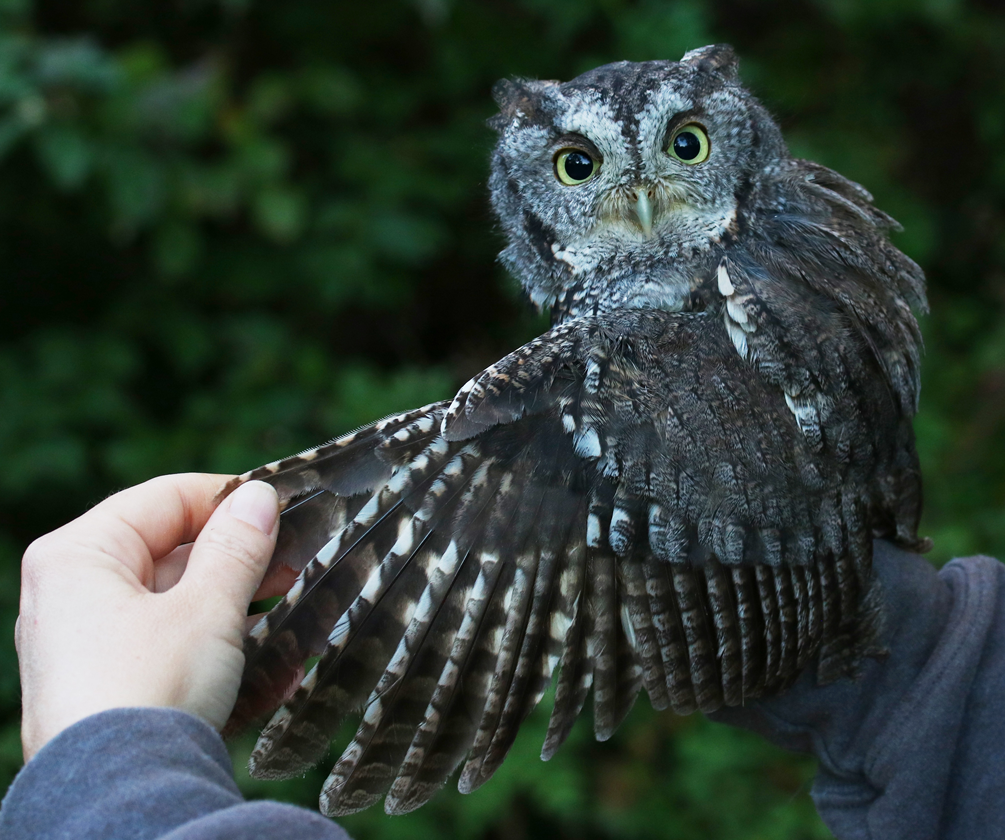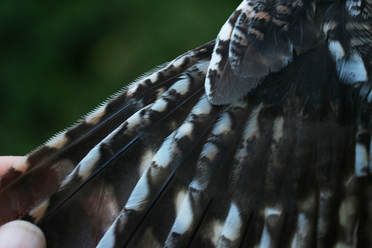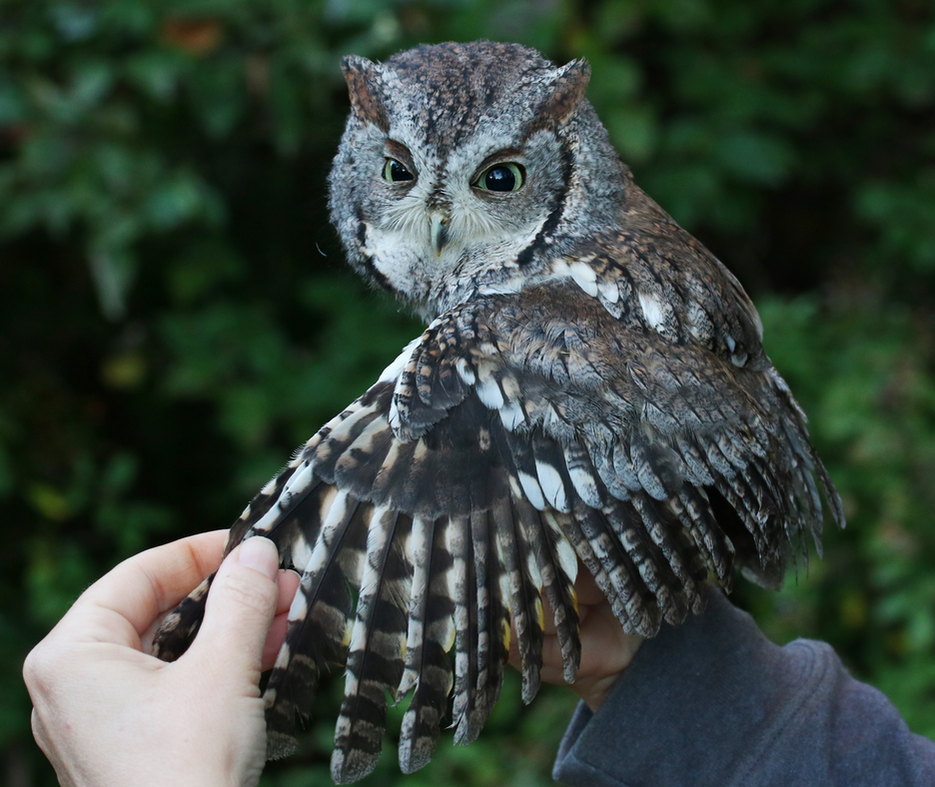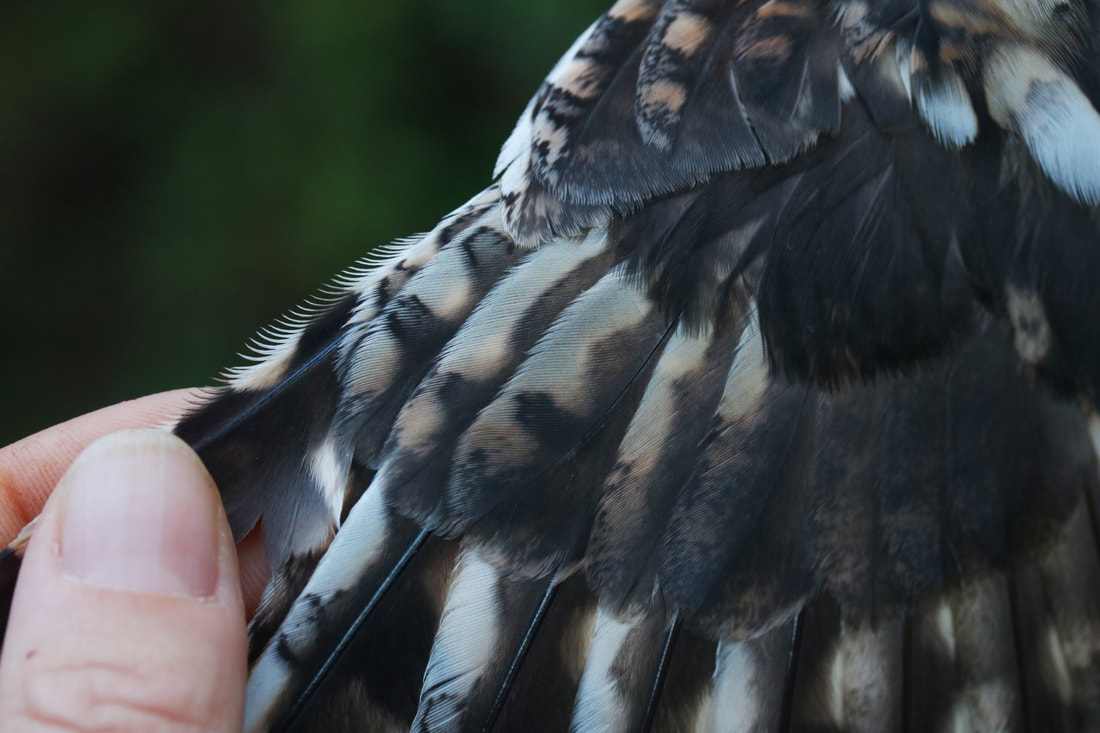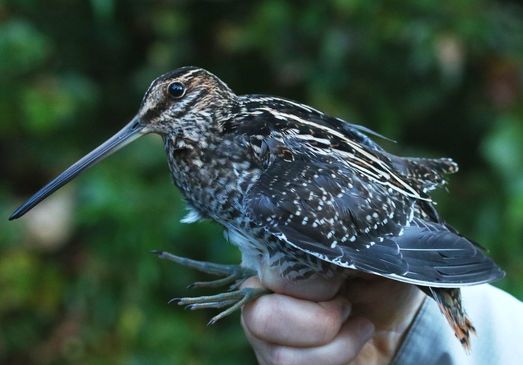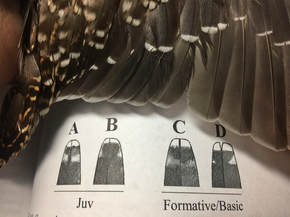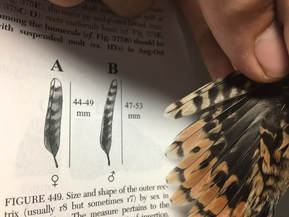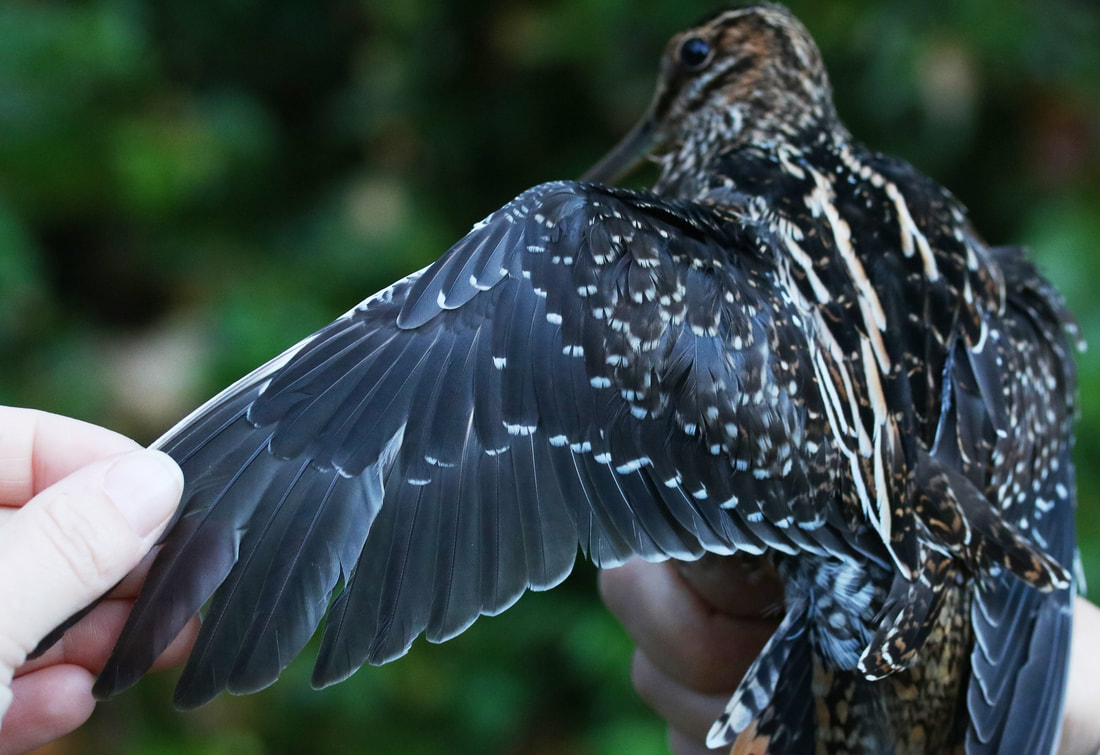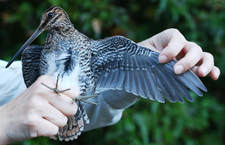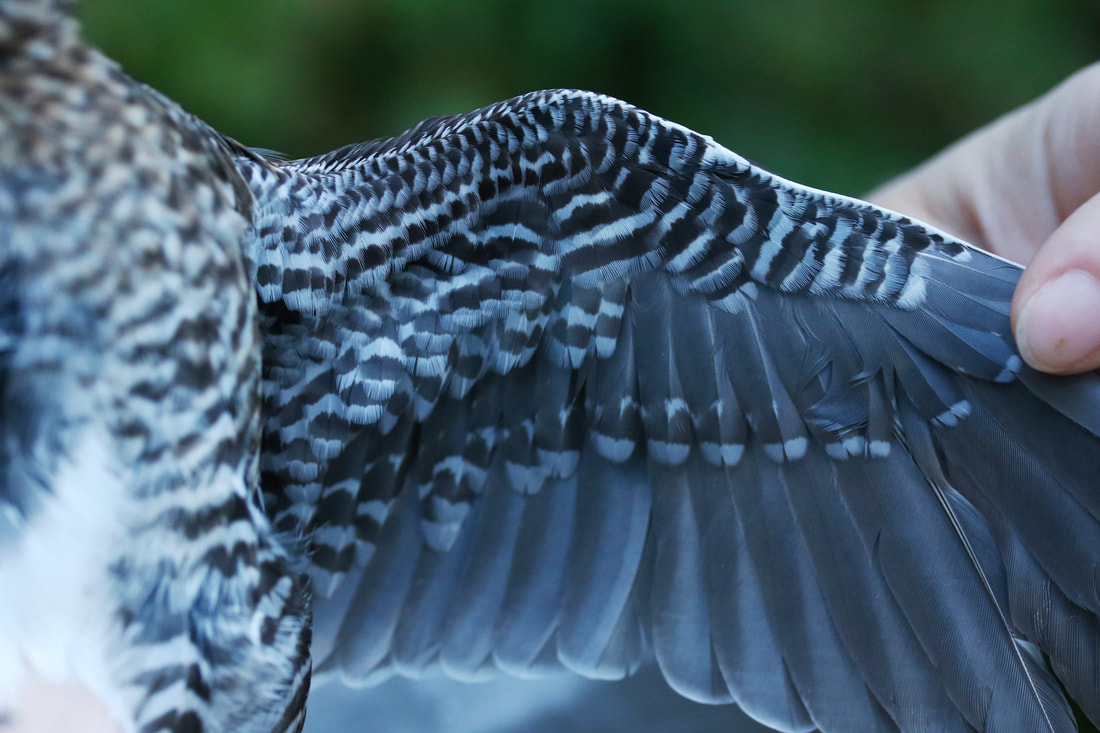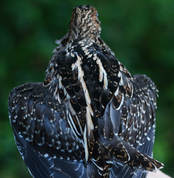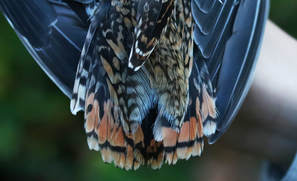Enjoying our blogs?Your support helps BSBO continue to develop and deliver educational content throughout the year.
|
|
Following a week of warm southern winds, we were excited for a weather shift last week, that would bring cold winds down from the north. While we were expecting to see a final bump of late-September migrants that we hadn’t seen yet (specifically large numbers of Blackpoll Warbler), we were quite surprised to get a wave of October migrants including our 25th warbler species for fall, Myrtle Warbler. Since that wind shift, we have seen a quick rise in Slate-colored Junco, White-throated Sparrow, Yellow-bellied Sapsucker, Winter Wren, both kinglet species, Brown Creeper, Rusty Blackbird, and Hermit Thrush.
Often caught singly just before dawn, we were extremely lucky to catch TWO Eastern Screech-Owls of different ages (and colors!) together in the same net (presumably parent and offspring), offering us a great opportunity to compare age specific characteristics. While the young bird is a gray morph, the (presumed) parent is an intermediate/brown morph and was banded in a previous season. Coincidentally enough, both birds' band numbers end in 61. Based on appearance alone, it's fairly obvious that the gray morph EASO is a hatching-year bird. It still has some remaining juvenal feathers, giving it a somewhat fluffy but also ragged look compared to the after-hatching-year bird which has a smooth appearance. This difference is most noticeable in the ear tufts (which are not fully grown-in on the HY bird), and the facial disc (which is smoother and more complete on the AHY bird). Aside from looking just at the head feathers, we were able to accurately age these EASO’s by looking at the alula feathers and primary coverts in the wing. Just from an immediate glance, you can already see that there is a difference in the amount and shape of light areas in the wings of these two birds. White/cream areas on the alula and primary coverts help to determine age. The HY bird on the left shows these areas as small jagged triangles on the edge of the feathers. Whereas the AHY bird on the right has larger, rounder, and often connected triangles (especially on the outer primary coverts), giving the wing a lighter appearance. But by far, the coolest bird we were able to work with recently was a first-ever capture for the station...Wilson’s Snipe. While we do occasionally catch American Woodcock, we don’t regularly see shorebirds in the station, so the snipe made for an exciting and educating morning. Combing through our Pyle II guide, we found that aging and sexing Wilson's Snipe is pretty easy. Shown with the figure in Pyle, you can look at the tipping and shape of the greater coverts to determine age. In this case they are square, white, and several of them have characteristic notches (such as figures C and D) that indicate the bird is after-hatching-year. To figure out the sex, we had to look to the outer rectrices. Next to the figure in Pyle, it’s plain to see that the outer rectrix is fairly wide and rounded just like figure A, indicating female. So....our first ever Wilson’s Snipe was accurately aged and sexed as an after-hatching-year female. After we determined the important stuff, we took a little time to examine and appreciate the other features of this bird and we also learned something new...Wilson’s Snipe have zebra underwings! Whether you’re out birding or banding, keep an eye out for these hidden vermiculations.
0 Comments
|
AuthorsRyan Jacob, Ashli Gorbet, Mark Shieldcastle ABOUT THE
|
